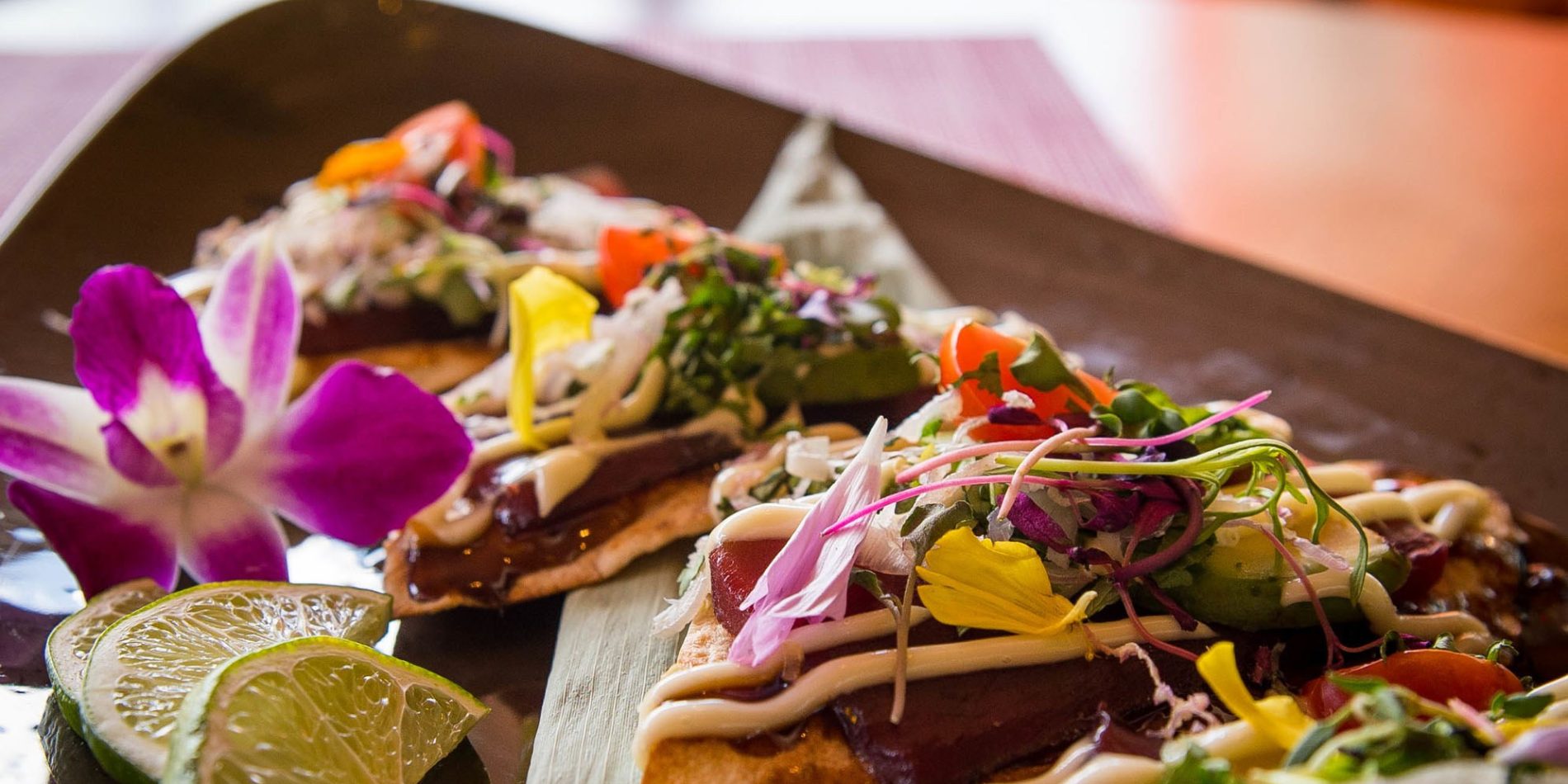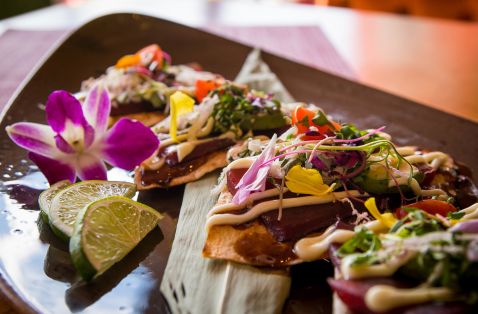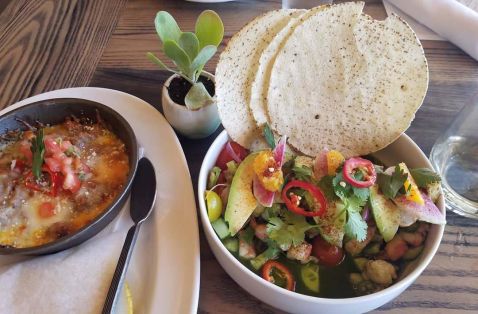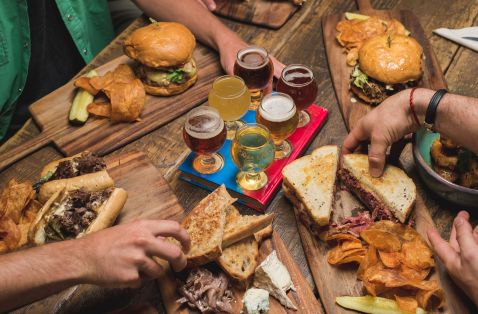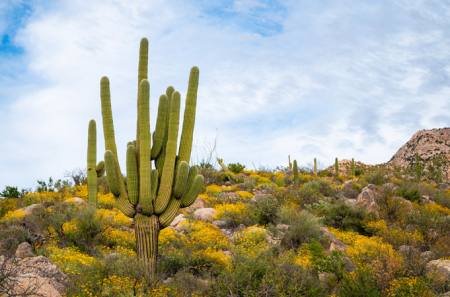Food Worth Traveling For
Eat & Drink
Whether you prefer casual eateries or James Beard Award-winning dining rooms, Arizona serves up culinary experiences to remember.
Indulge your desire for authentic Arizona staples like nopales cactus tacos, Indian fry bread and the famous Sonoran Dog.
This is What Arizona Tastes Like
Arizona’s a treasure trove of established, James Beard Award-winning chefs as well as chefs that are inventive and making a name for themselves. Up-and-coming to substantiated, chefs here are often cooking with locally sourced ingredients to create spicy, sweet, savory, umami, and memorable. And that’s just the stuff you eat!
Head to local breweries for a craft draft, or take a sip of an Arizona wine – yeah, Arizona wine. Southern Arizona wine country growing conditions are comparable to those of Burgundy, France. Plus, at watering holes across the state, mixologists are raising the bar with creative, local cocktails. Ever tried a tamarindo margarita? Take a seat and taste!
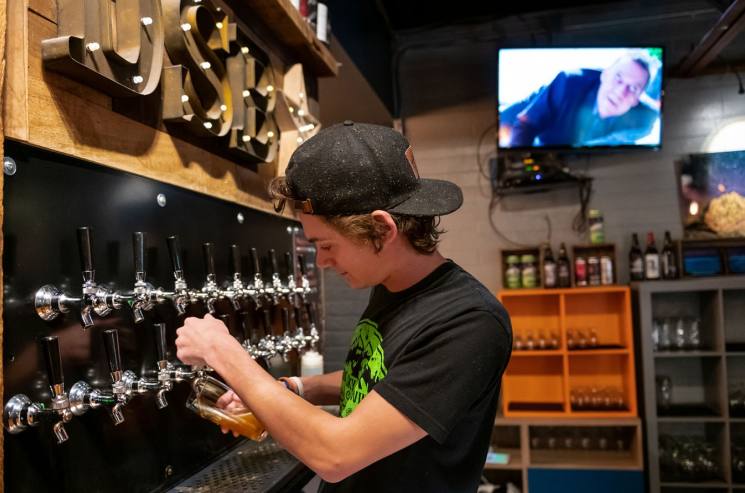
Eat & Drink
Arizona's Best Breweries,...
When it comes to craft brews and spirits, what makes something the "best" is debatable. So instead, we're listing Arizona's most notable and...
Learn More
Eat & Drink
16 Phoenix-Area Restaurants...
Why dine inside when these Phoenix-area restaurants give you "al fresco" options like airy patios and drinks with rooftop sunset views.
Learn More
Eat & Drink
9 Foods You Must Eat In...
The Grand Canyon State's culinary scene features indigenous ingredients and cultural influences. Savor fry bread, Sonoran hot dogs and prickly...
Learn MoreExpedition Foodie AZ
Eat Your Heart Out
Eat & Drink
8 Outdoor Dining Options in Tucson
Dining al fresco in Tucson is a year-round experience, from winter's bright and brisk mornings to summer's warm evenings under star-filled...
Eat & Drink
A Sense of Taste: Arizona’s Food Culture
Explore Arizona's culinary past with these native foods and traditional farming methods.
Eat & Drink
5 (Mostly) All-Vegan Phoenix Restaurants
Cookbook author and vegan chef, Tess Challis, shares her insight on greater Phoenix’s vegan food scene, including her favorite vegan and...
Eat & Drink
Table-to-Desert Dining
Cloth & Flame's tear-down-the-walls approach to food exploration celebrates—and benefits—wild places.
Eat & Drink
It's the Weekend, Let's Eat. Tempe
As the home of Arizona State University, Tempe doesn't disappoint those in search of college-town grub. But foodies will also be pleased to find...
Eat & Drink
It's the Weekend. Let's Eat. Flagstaff
The mountain town of Flagstaff may be famous for skiing, snowboarding and hiking, but this outdoorsy enclave offers big-city culinary...
Eat & Drink
It's the Weekend. Let's Eat. Old Town Cottonwood.
When the Verde Valley blossomed with vineyards, Cottonwood soon sprouted serious tasting rooms and great restaurants.
Eat & Drink
Unique Wine Outings in Arizona
Arizona’s three wine-growing regions — Sonoita, Willcox and the Verde Valley — produce wines that are as diverse as the state’s landscapes,...
